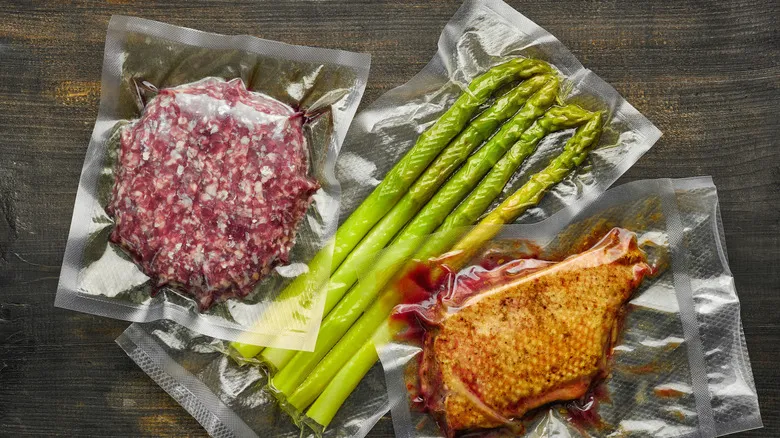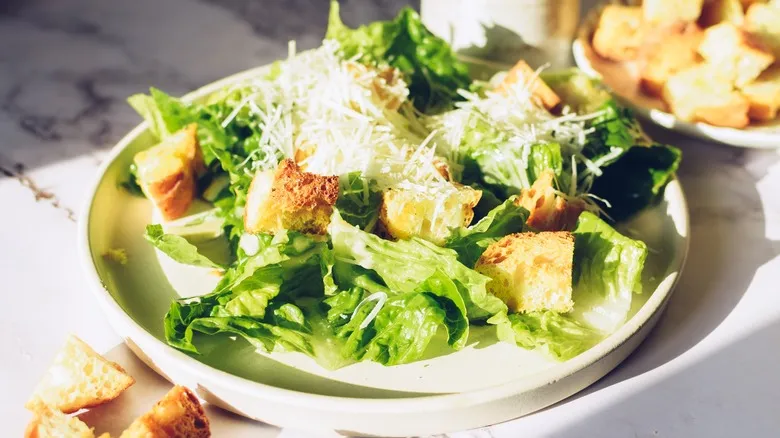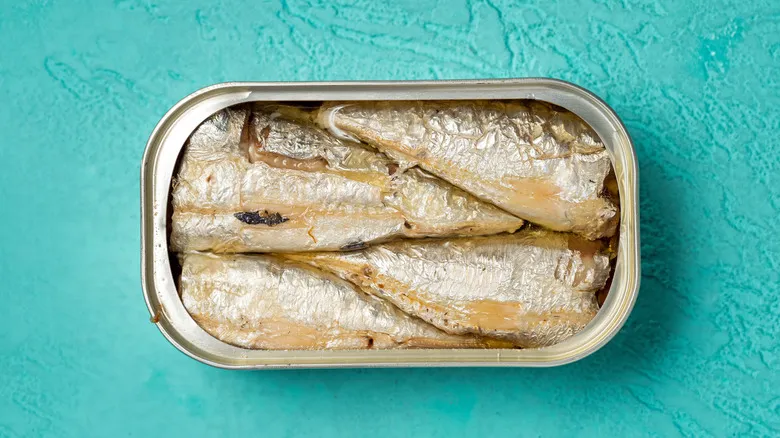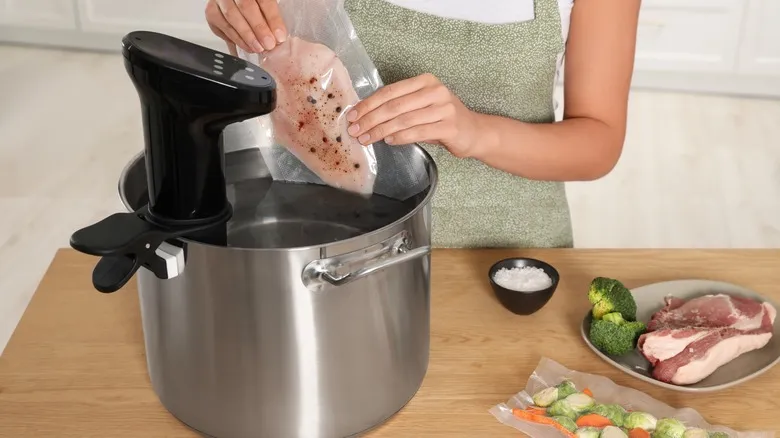Why vacuum seal the food?

You may already know that vacuum sealing is an effective method for preserving food and preventing freezer burn. This technique also helps extend the shelf life of food stored in the refrigerator or at room temperature by keeping it fresh for a longer period. But how does this type of packaging relate to sous vide cooking?
The essence of sous vide cooking revolves around one key principle: maintaining the water bath at a specific low temperature throughout the cooking process. This allows the food to cook evenly at that exact controlled temperature. To create this precise cooking environment, the immersion circulator was developed to heat the water to a predetermined temperature and keep it circulating around the food in its pouch. Moreover, the bagged food is in direct contact with the heated water, ensuring it cooks uniformly.
This is where vacuum sealing becomes crucial. By using this tight, airless packaging method, heat from the water bath is efficiently transferred through conduction—from the water, through the plastic bag, and into the food. If the pouch contained air, the process would not function as intended, since air is a poor conductor of heat and would insulate the ingredients inside the bag.
Tips for optimal vacuum sealing

When preparing items for vacuum sealing, keep in mind the quantity of food you intend to cook, particularly when choosing the zip-lock freezer bag. Ensure the bag is spacious enough to accommodate the food while leaving some room at the top to facilitate the sealing process. Never fill the bag to the brim; if you do, you'll need to switch to a larger bag.
Before placing food in the bag, it's advisable to roll the top section (where the zipper is) outward and then fold it back once the food is inside. This helps prevent food particles from getting onto the zipper, which could hinder the sealing process. To simplify this task, consider using a zip-top bag holder—a handy kitchen tool that makes filling zip-top bags much easier.
Finally, while we’ve suggested the water displacement method as an alternative for those without a vacuum sealer, there’s a specific situation where this method should be your go-to, even if you have a vacuum sealer: when sealing food with liquid. Using the vacuum sealer in this case could result in the liquid being drawn into the machine. The water displacement method, on the other hand, effectively seals the bag by displacing air while keeping the liquid contained.
Recommended

11 Tips To Make Your Caesar Salad Taste Like It Came From A Restaurant

The Correct Way To Cook A Potato In The Microwave Couldn't Be Easier

The Best Canned Sardines To Eat If You're Afraid You'll Hate Them

The Luxury Cutting Board Ina Garten And Giada De Laurentiis Swear By
Next up

